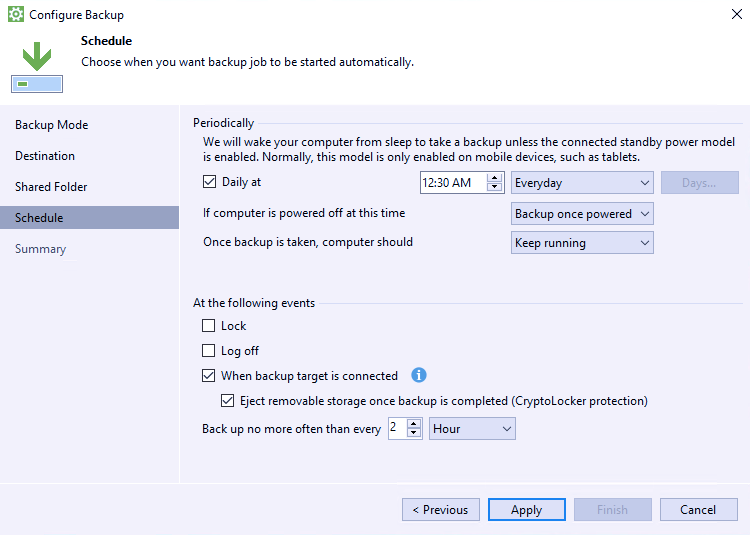
With the vSAN environment the configured Storage Policy might affect the performance that a VM proxy can deliver in regards to backup performance.


Continue reading the blogpost if you want to find out if this is true! vSAN / Veeam configuration If you’ve payed attention to the screenshot above, you might have noticed that the bottleneck is the “Target”, which is the repository. You might find these interesting for your own environment if you want or need to test any specific performance related issues. In the following couple of paragraphs I will walk you through the pieces one by one. The hardware itself and the ReFS configuration.The vSAN environment or vSAN specific Veeam configurations.If you ask me we have the following couple of pieces inside the environment that could potentially bottleneck here: So at this point I knew something was bottlenecking the performance somewhere in the platform. When looking at the single IO streams on a particular VM inside this job, I noticed the same 50MB/s ish transfer speed. I quickly learned that this was because of the fact that they simply had more concurrent IO streams running. These actually had a significant higher transfer rate. I also had a look at some other jobs that had more VM’s configured in it. The red line doesn’t fluctuate like the green one does. The transfer speed is actually always the same. The Read speed changes from time to time which makes sense. If we zoom in on the Processing Rate and look at the Read speed (green line) and the Transfer speed (red line) and have a look at the graph behind it (Throughput (All Time)) we can see that there is an easy to spot trend. This is pretty low, especially for this environment. Like you can see, the Processing Rate was around 78MB/s for this particular job. Have a look at the below Veeam Backup job history for one of the jobs on the platform: Veeam Backup job performance insight When looking at the past Veeam backup job history I did notice a certain trend, which is why I discovered this issue at the first place. The customers that we have in VCD are able to use the Veeam Backup plugin for VCD to create and edit backup jobs and restore their VMs with it. A HPE Apollo XL450 Gen 9 with a 256TB logical volume in a RAID 60 configuration.vSAN Environment cosisting out of a dozen or more HPE Gen 10 D元80 servers with NVME cache drives and very quick SSD Capacity drives.Which is pretty slow if you imagine that the following hardware is used in this specific environment: Even worse, the single stream IO performance looked like it was bottlenecked or capped at or around 50MB/s. The issue we had on this environment was that the backup performance hasn’t been on a level that you would think it would be on. On this environement a multitude of products are used such as Veeam, VMware Cloud Director (VCD) and vSAN as main products.

The last two weeks I’ve been working on a big issue on our environment.


 0 kommentar(er)
0 kommentar(er)
